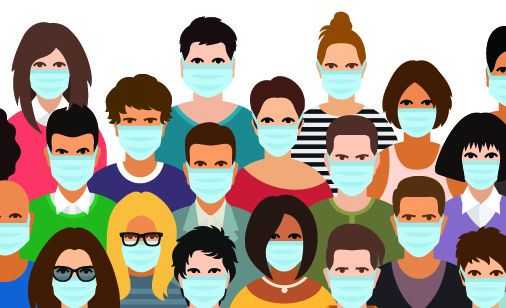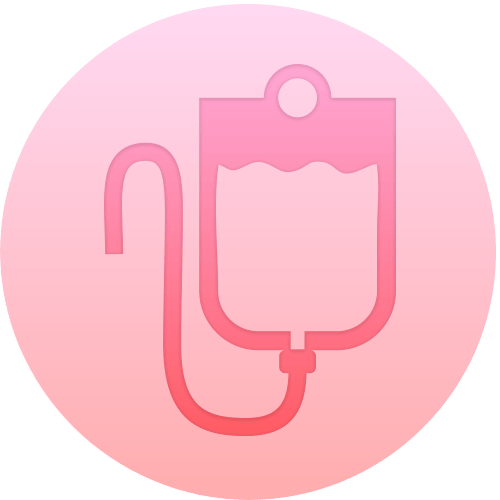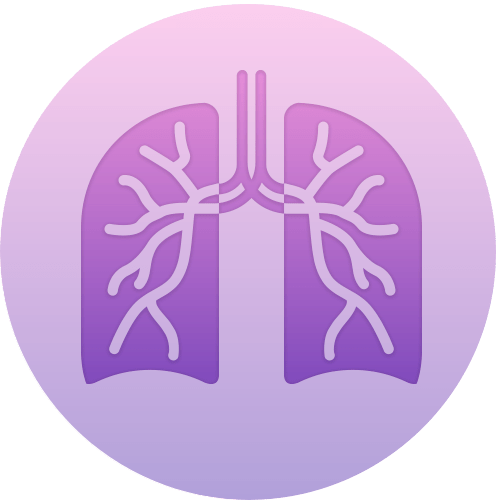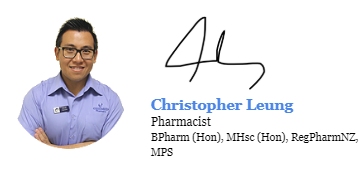A 180° turn on mask advice?!

I don’t know about you, but during the first weekend into our level 3 lockdown, I went for a walk with my wife. When we were at St Heliers Bay, I could have almost forgotten that there’s a pandemic going on – there were a lot of people at the beach enjoying Saturday morning with minimal social distancing! Even though Jacinda said it’s okay to be outside, seeing everyone enjoying themselves over a picnic at the beach as if there’s no risk at all, made me wonder whether we have learned the painful lesson from our first lockdown. I understand that getting together with friends and family can cure our collective desire for socialising., please just be sure you maintain social distancing – or we might find our transmission curve be on the rise again.
Anyway, ever since Health Minister Chris Hipkins announced Kiwis should be encouraged to wear a face mask in public places 2 weeks ago, I’m starting to see many people are proactively wearing them when they are out and about – especially with level 3 lockdown in place since last Wednesday. For many of you who have been following my weekly blog, I touched on the effectiveness of wearing a face mask back in early March this year at the start of our COVID-19 pandemic. You can access this article here. Although there weren’t any clinical trials at the time on the efficacy of wearing a face mask to protect against COVID-19. The information I gathered from other research (mainly investigating masks in influenza and clinical setting) at the time pointed to the fact that wearing a face mask can be useful and that it is equally important compared with washing hands with soap or an alcohol-based sanitiser. This is because COVID-19 is mainly transmitted through contact as well as droplets.
However, the Ministry of Health and WHO guidelines at the time suggested that there was insufficient conclusive evidence to suggest the potential benefits of wearing a face mask on preventing the spread of COVID-19. So why did the Government’s stance on wearing a face mask change notably? Just over 3 months ago when the director-general of health Dr. Ashley Bloomfield repeatedly said there wasn’t enough evidence to either support or discourage mask use and now recommended just the opposite.
One of the reasons is because the original recommendation from MOH and WHO was based on what was once thought to be an infectious disease with a low occurrence. And of course, if a disease has a low incident rate, it would make sense not to preach that the whole population should start wearing a face mask at the start of the pandemic. However, it was not until later, the world realised that the low occurrence was merely a result of not having sufficient testing and hence gave health agencies a false sense of security.
Another reason which I believe plays a significant factor is that New Zealand isn’t culturally prepared to wear masks publicly, unlike some countries in Asia where the practice is much common due to their previous experience during the SARs outbreak in 2003. New Zealand, on the other hand, was not affected by the previous influenza pandemic and hence no public education was deployed to preach the importance of wearing a face mask to prevent the spread of influenza.
Thirdly, there are more and more studies emerging in support of the use of face masks. One of the laboratory experiments investigated the effectiveness of various masks and barriers when covering the mouth to block respiratory droplets. The study involved using a high-speed video capturing the speed of hundreds of droplets generated when a person speaks. A damp washcloth came out the winner with almost all droplets captured and blocked. Another study – although not COVID-related evidence – suggests that the number of droplets and aerosols emitted from someone who had influenza or the common cold were greatly reduced when wearing a face mask. However, the most compelling evidence was from a recent study that investigated the COVID-19 growth rate before and after wearing a face mask was made mandatory in 15 states in the US. It suggested that wearing a face mask led to a slowdown in the daily COVID growth rate. Strong evidence from another study looked at COVID-19 deaths across 194 countries and identified that countries with cultural acceptance and government policies supporting the wearing of masks by the public had a lower death rate.
I personally welcome and support the government’s change in their stance on mask-wearing. I believe the Ministry of Health and the New Zealand government may have finally come to terms that both pre-symptomatic and asymptomatic transmission is common. You just simply can’t look in a crowd and tell if a person is infected or not. Also, based on history, community transmission is always an inevitable fate of a pandemic and it is one that is occurring the very moment as we speak. It does, therefore, make so much sense to ask everyone to wear a mask. It’s just simply a no-brainer. New Zealand is suffering emotionally and financially from this COVID pandemic and we simply cannot take chance anymore.
On the last note, I came across a research article yesterday where the researcher performed a simulation on how many people required to wear masks to reduce community transmission. Based on the simulation, the researchers predicted that 80% of the population wearing a mask would be enough to flatten the community transmission curve more than maintaining a strict lockdown. In hindsight, this makes us wonder would NZ business be in a better financial position if we were to make mask-wearing mandatory at the start of the pandemic. Just food for thought.
To you and your family’s health,



















